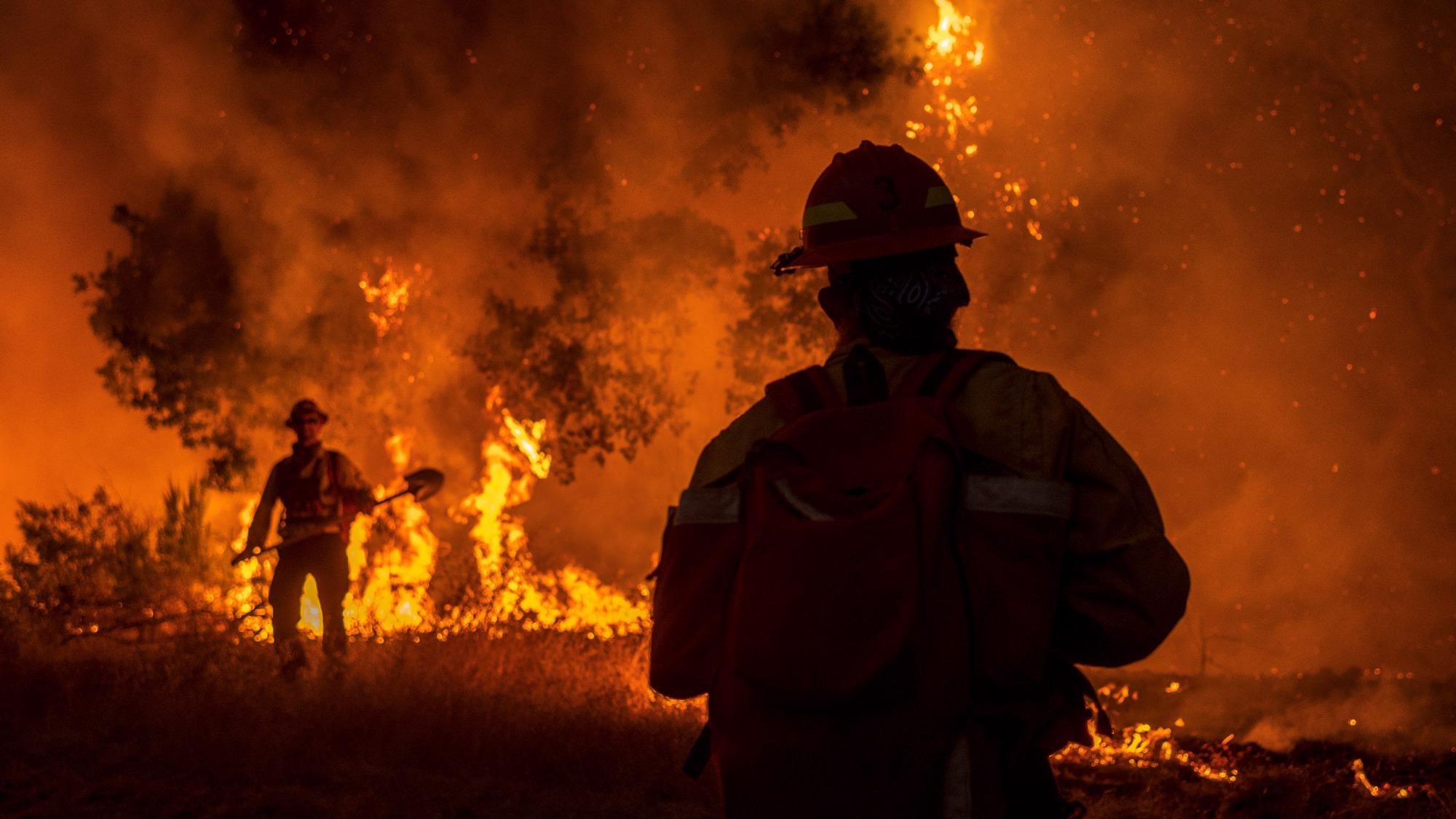
Image Credit: Shutterstock.com / Stratos Brilakis
Sonoma County is leading the way in using AI to spot and tackle wildfires before they can rage out of control.
Officials in Sonoma County, California, have announced that they will turn to artificial intelligence (AI) to curb wildfires. The AI technology will back up the county’s existing network of wildfire detection cameras, which monitor the region around the clock.
The system will be implemented on the 1st May 2021 with training and system modifications expected to last until November. After this point, the system will send emergency texts or emails to emergency workers in the county without human intervention.
This early detection technology will provide emergency managers and first responders with round-the-clock monitoring, a sophisticated addition we are excited to add to our alert and warning toolkit.
Lynda Hopkins, Chair, Sonoma County Board of Supervisors
Alchera Inc¹ has designed the AI system — South Korean specialists in the use of advanced AI to process visual images and video in real-time for use in facial recognition and anomaly detection — and should operate without human intervention.
Sonoma Leading the Way in AI Wildfire Detection
Alchera’s system marks the first time a commercialized Software-as-a-Service (SaaS) platform has been used for wildfire detection. The company has been using the ALERTWildfire camera system² — a network of 746 cameras — since 2018 to perfect smoke and fire detection systems, and initial results seem positive.
The company has collected over 10 million wildfire images taken from 2013 to 2020 to test the system. The AI could successfully identify fires in 97% of the images.
With our cutting-edge AI-based wildfire detection system, we are able to help reduce the damage of forest fires in California, which, as we have seen, suffers greatly from this phenomenon every year. We are very grateful and honored to see our firm’s technology being recognized worldwide. We are now expanding into global markets in earnest with this export to the US market.
Young-Kyoo Hwang, CEO, Alchera
As Hwang indicates, it is little wonder that the county has taken the initiative to tackle wildfires. Sonoma is just one of California's regions severely affected by wildfires in 2019 and 2020 with around 125,000 acres of land torched in the period from August to October of the latter year alone³.
And this damage pales in comparison to the devastation caused in the county by wildfires in 2017. Over 5 thousand homes were destroyed, thousands of people had to be evacuated and 24 people lost their lives.
With wildfires becoming an increasing problem, not only in the US, but across the globe, Alchera isn’t the only organization with an AI eye on the problem.
AI is Detecting and Predicting Wildfires Across the US
Just a few miles away from Sonoma, Santa Fe-based start-up Descartes Labs⁴ is using satellite imagery in a similar way to how Alchera has used images from a ground-based camera system to train an AI system to spot wildfires.
The system launched in July 2020, searches images from two US weather satellites delivered every few minutes to search for signs of smoke and hot spots — indicated by shifts in infrared data — that could mean the outbreak of a fire.
Should it spot a conflagration, just the system in Sonoma, Descartes’ technology sends alerts to officials and emergency workers, this time located in New Mexico. Initial results are also promising for this platform, with the company saying that it has spotted around 6 thousand fires thus far, some as small as 10 acres.
California is also teaming up with a number of other tech companies to provide AI wildfire detection, this includes defense contractor Northrop Grumman and wildfire-analyzing startup Technosylva.
Both of these companies aim to provide AI that can not just spot wildfires but can also predict how they will spread. This predictive ability could be vital in choosing where and how to tackle fires, what vehicles and equipment may be needed, and the evacuation of members of the general public in its path.
The only drawback to these AI detection systems seems to be the possibility of a higher level of false alarms. The satellite-based systems, in particular, have to be trained to differentiate between fires and more mundane objects like hot areas or solar panels.
But, a tiny number of false alarms is a small price to pay, one might argue, in return for the early detection of fires that cost California alone $102.6 USD in 2020 — 0.5% of the US’ total annual GDP.
References
1. Alchera Inc [https://alcherainc.com/en/]
2. AlertWildfire [http://www.alertwildfire.org/]
3. 2020 Wildfires, AG Open Space, [https://www.sonomaopenspace.org/]
4. Descartes lab, [https://www.descarteslabs.com/]
Disclaimer: The views expressed here are those of the author expressed in their private capacity and do not necessarily represent the views of AZoM.com Limited T/A AZoNetwork the owner and operator of this website. This disclaimer forms part of the Terms and conditions of use of this website.